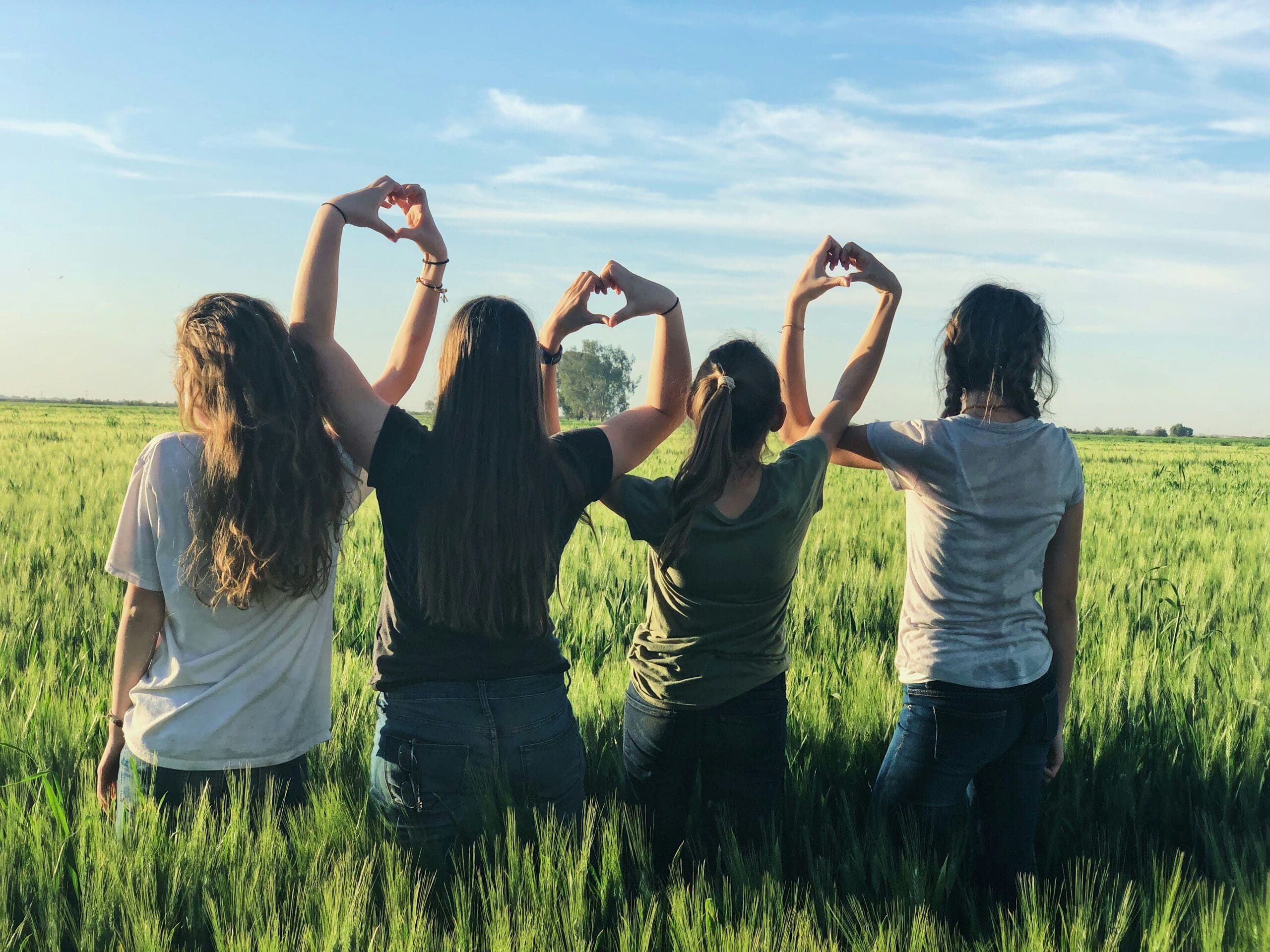When John and Sandra lost their mother in 2015, they were able to support each other and grieve together. They went through her things, they helped their father plan a funeral, they shared memories of her, and they leaned on each other to cry. More recently when their father passed, they lived states apart. Most of the family now lived spread out across the country. They were unsure of how to grieve together when they were millions of miles away from each other. Because traveling to a viewing and a funeral was not an option for all of them, most of the family felt like they had to grieve alone, making it feel harder than when they lost their mother.
Often when people grieve the loss of someone close to them, they lean on support and somehow get through it. How do you process a major loss and grieve when you have no clear support nearby?
Staying Connected While Grieving
As stated above, grieving with others can often feel less isolating. There is a comfort to others knowing what you are going through and being able to share that. While no one wants to experience grief or loss, it can feel somewhat easier when others are by your side.
When you lose a family member and distance is a barrier to being physically together, it is important to find other ways to stay connected. Staying emotionally connected through grief can be just as important, if not more important, as being physically together. While no two people, let alone two families, grieve the same way, some of the below ideas might be a way to cope with loss together, even at a distance:
- Start a group text so everyone can stay in touch throughout the process
- Invite each family member to contribute to the viewing or funeral in some way (ex: picking a reading to be shared, sending flowers, making a playlist, or sending a photo to put up)
- Create a shared album on your phone to share favorite photos of the deceased with family members
- Schedule a group video call where everyone can share their favorite memories of the deceased
- Call family members one by one throughout the week to share how you are feeling and to see what ways you can support each other from afar
- Create traditions for the death anniversary and important holidays that everyone can be a part of (ex: each person planting a flower in their yard or eating the deceased’s favorite dessert that day and sending a photo to the group)
Grief Does Not Have to be Isolating
Think of times you have grieved with others. What made that experience easier for you? What allowed you to feel supported and safe during that time? Is it possible to re-create some of that from further away or with those outside of the family?
Despite the distance, families can still grieve together. However, chances are, you are not 100% alone. You may have a spouse, friends, coworkers, or a community to support you. Is it possible to open communication and utilize these supports when family is not an option? Lean into the networks you have, whether distant or far, and remember that while it might be different being in a room with family while you share your grief, you can still connect from a distance as well as lean on supports outside of the family.





Leave a Comment